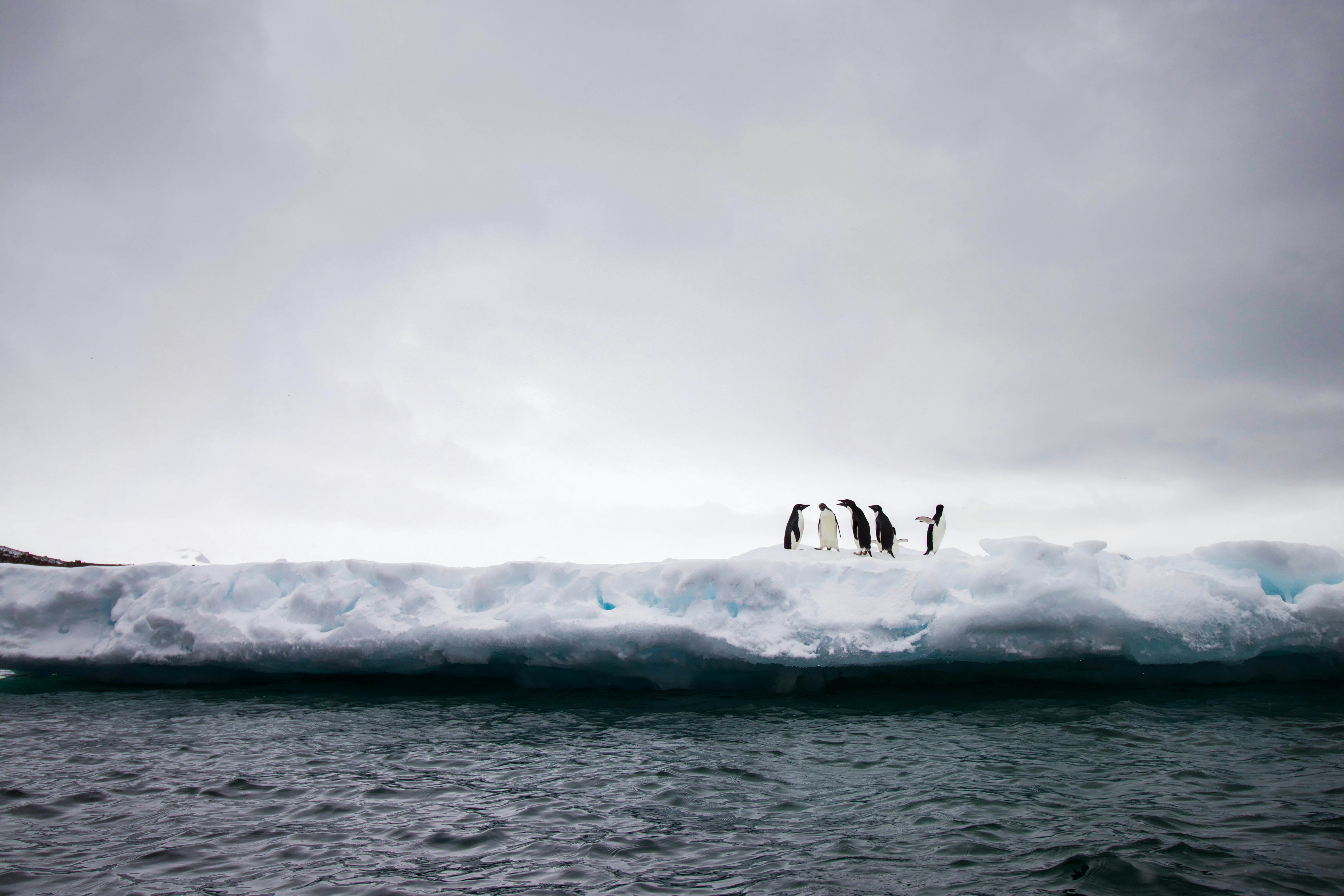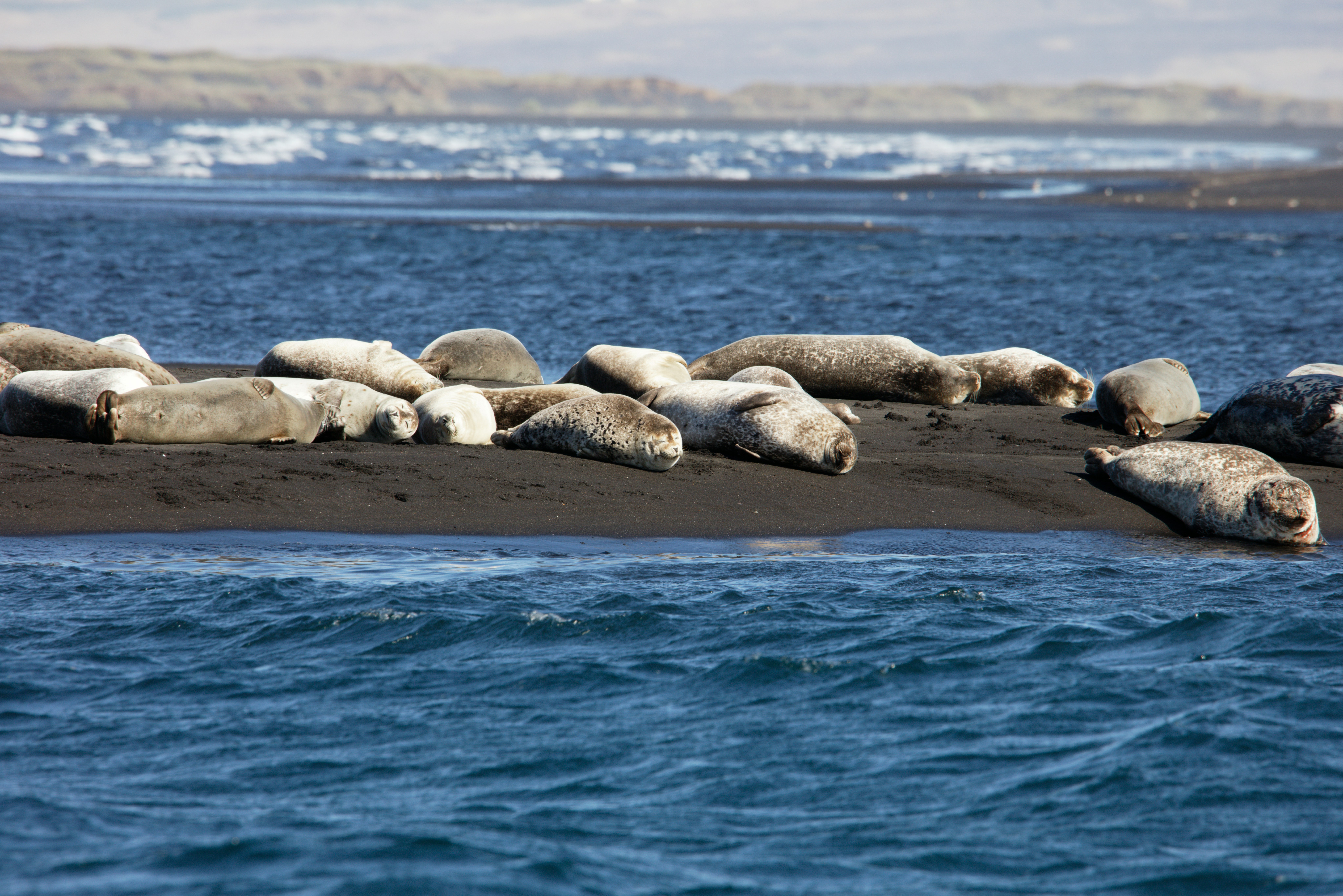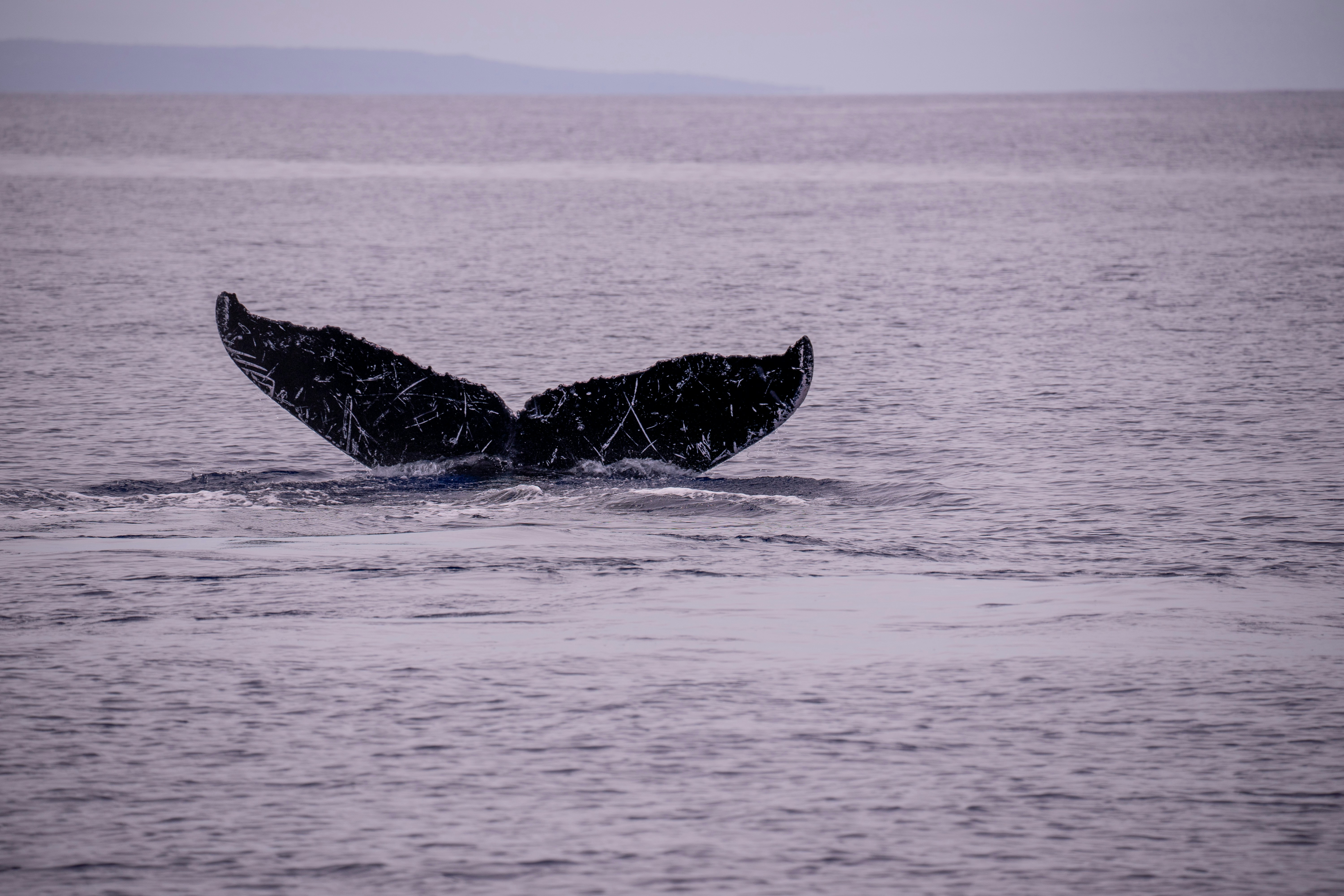Antarctica wildlife tours 2025: Have you ever locked eyes with a penguin in the wild?
Now imagine doing that with a thousand of them. In Antarctica, wildlife isn’t just part of the backdrop—it’s the heartbeat of the continent. Penguins waddle past your boots, whales breach beside your zodiac boat, and seals nap lazily on ice floes that drift like clouds.
Despite its frozen, remote landscape, Antarctica teems with life adapted to extreme conditions. In 2025, thanks to climate shifts and improved eco-tour access, wildlife encounters here are more thrilling and vital than ever. Whether you’re watching a pod of orcas hunt in unison or a line of Adélie chicks stumble across a snowy beach, every moment feels like a nature documentary come to life.
Whether you’re a nature photographer, animal lover, or eco-tourist, this guide will walk you through the fascinating creatures you’ll meet—and how to do so responsibly. We’ll also explore where to go, when to visit, and how to ensure your footprint is as light as fresh snow.
Why Antarctic Wildlife Is So Unique
Isolated for millions of years and free from land predators, Antarctica developed one of the most unspoiled ecosystems on Earth. Its wildlife is specialized, resilient, and often surprising. This isolation also means fewer invasive species, creating a delicate balance that supports entire food webs rooted in krill and ice algae.
Here’s what makes Antarctic species extraordinary:
- Adaptation to Cold: Blubber, feathers, and huddling tactics keep them warm. Emperor penguins endure temperatures as low as -60°C while breeding!
- Long Migrations: Some whales travel 10,000+ miles to feed here, returning annually like clockwork.
- Zero Fear: Without land predators, many animals show little fear of humans (but don’t get too close!)
What sets these encounters apart is their authenticity. There are no cages, no barriers—just you and the raw, unfiltered rhythm of nature.
The Stars of the Southern Show
Penguins: Antarctica’s Most Beloved Locals
- Emperor Penguins: The tallest and heaviest, famous for their epic marches and regal posture.
- Adélie Penguins: Playful and curious, often spotted near research stations and along rocky shores.
- Gentoo Penguins: Recognizable by their bright orange beaks and the fastest swimmers among penguins.
You’ll often see entire colonies waddling, diving, or feeding chicks under the polar sun. The smell? Let’s say you’ll never forget it. But the charm and chaos are worth every breath.
Seals: Sunbathers on Ice
- Weddell Seals: Known for their calm demeanor and haunting underwater calls, often lounging near cracks in the ice.
- Leopard Seals: Sleek, fast, and powerful predators that feed on penguins and fish.
- Crabeater Seals: Despite their name, they eat krill, not crabs. They’re among the most numerous large mammals on Earth.
Seals are everywhere—lounging on ice floes, diving under boats, or peeking through breathing holes like whiskered ghosts.
Whales: The Giants of the Deep
- Humpback Whales: Frequently breach near zodiacs and slap their fins in displays of power.
- Minke Whales: Smallest baleen whales, often curious about boats and easy to spot.
- Orcas (Killer Whales): Apex predators that hunt in coordinated pods, displaying complex behavior and intelligence.
Peak whale-watching season is February and March, when krill is abundant and the ocean pulses with life.
Birds: Sky Kings of the South
- Albatross: Wingspans over 11 feet, soaring effortlessly on polar winds. Some species only touch land to breed.
- Skuas: Bold scavengers often seen near penguin rookeries, known for their aggressive food-stealing tactics.
- Petrels: Hardy seabirds that glide over stormy waters and nest in cliffside burrows.
Bring a good zoom lens and prepare for some of the best birding of your life. A single cliff face might host thousands of nesting birds.
Responsible Viewing: Protecting What You Came to See
Wildlife tourism here is highly regulated to protect fragile ecosystems. Every action counts, from how you step off the zodiac to where you aim your camera.
Golden Rules:
- Stay 5+ meters from all animals. Let them come to you.
- Never feed, follow, or touch wildlife. Respect their space.
- Disinfect boots before every landing to prevent spreading disease.
- Stick with certified IAATO guides who prioritize ethics over selfies.
Educated tourists are Antarctica’s best defenders. Respectful behavior ensures future generations can enjoy the same awe-inspiring encounters.
The goal? Leave no trace. Take only pictures, leave only footprints in the snow.
Where to See Them
- Antarctic Peninsula: Best all-around spot for penguins, seals, and whales, with breathtaking icebergs and close access from South America.
- South Shetland Islands: Easy access and rich biodiversity, including nesting seabirds and calm bays.
- Weddell Sea: Home to giant tabular icebergs and rare species like Emperor Penguins, but conditions can be unpredictable.
- Ross Sea (East Antarctica): Remote and wild, ideal for deep wildlife excursions and fewer tourists.
Each region offers different wildlife highlights depending on the time of year. Some tours even combine multiple regions for a fuller experience.
Final Thoughts: The Encounter of a Lifetime
Seeing wildlife in Antarctica isn’t just about ticking boxes. It’s about connection, awe, and respect. These animals survive in one of the harshest environments on Earth—and thrive with elegance.
When you lock eyes with a seal or hear the eerie song of a humpback echo across a frozen bay, something changes inside you. You become part of a story far older than any of us—a story of endurance, purity, and natural wonder.
Want more travel tips or information on different destinations? We’ve got both.
Have a favorite polar animal? Drop it in the comments below!



